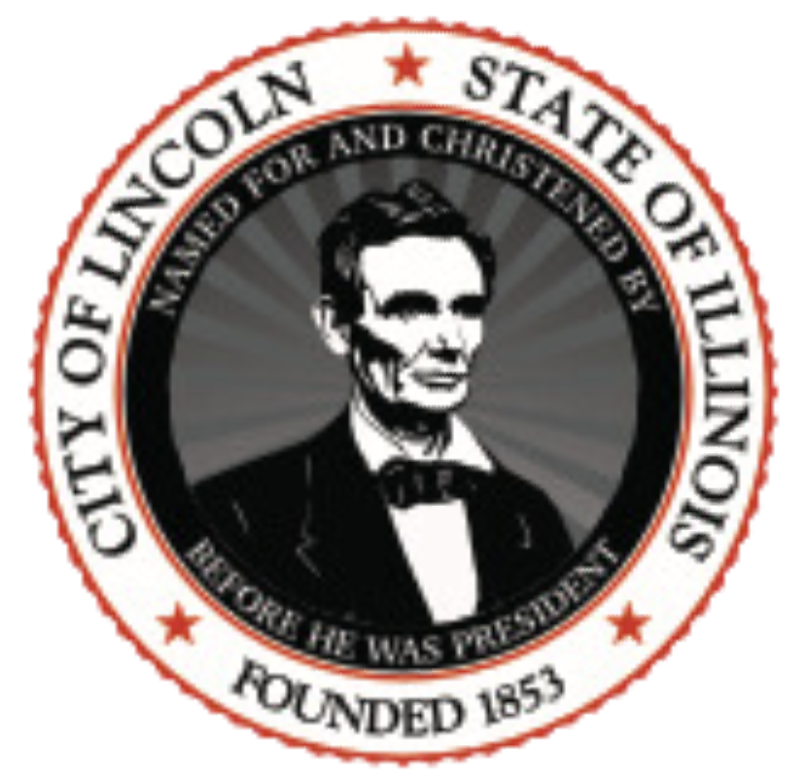About Lincoln, IL
Nestled in the heart of Illinois, Lincoln is a vibrant city known for its rich history, diverse culture, and stunning landscapes. This dynamic city offers a unique blend of urban excitement and natural beauty.
Explore the downtown area filled with shops, restaurants, and cultural landmarks, or enjoy the serene parks that provide a peaceful escape. Lincoln hosts a variety of annual festivals and events, showcasing local talent and traditions.
From its historic architecture to modern attractions, Lincoln is a destination that caters to all. Whether you're a visitor or a resident, there's always something new to discover in this thriving community.
The Birth of Lincoln, Illinois
In 1852, Logan County attracted settlers due to its abundant natural resources and strategic location near waterways like Kickapoo, Salt, and Sugar Creeks. The area's wildlife and fertile lands made it an ideal place for settlement. However, the future railroad transformed Lincoln into a hub of opportunity. When plans were made to connect Springfield and Bloomington by rail, Lincoln became a natural stop for a water station and passenger depot, given its midpoint location. Recognizing this, three businessmen—Virgil Hickcox, John D. Gillett, and Sheriff Robert B. Latham—formed the Town Site Company to develop the area. They purchased land from Isaac and Joseph B. Loose for $1,350 and enlisted Abraham Lincoln for legal assistance. A week later, the Illinois legislature passed a bill making Lincoln the new county seat, relocating it from Mt. Pulaski.
The Design and Dedication of Lincoln
County Surveyor Conway Pence designed Lincoln around the railroad, creating a practical layout with streets aligned parallel and perpendicular to the tracks. The city plan included four blocks reserved for public use: two parks, a courthouse, and a jail. To attract settlers, lots went on sale on August 27, 1853, generating over $6,000 in proceeds. That same day, Abraham Lincoln christened the town with watermelon juice, a unique celebration now commemorated by a watermelon statue near the railroad depot. Though there is debate about who first proposed naming the town after Lincoln, it remains significant as the first city named for him before his presidency.


